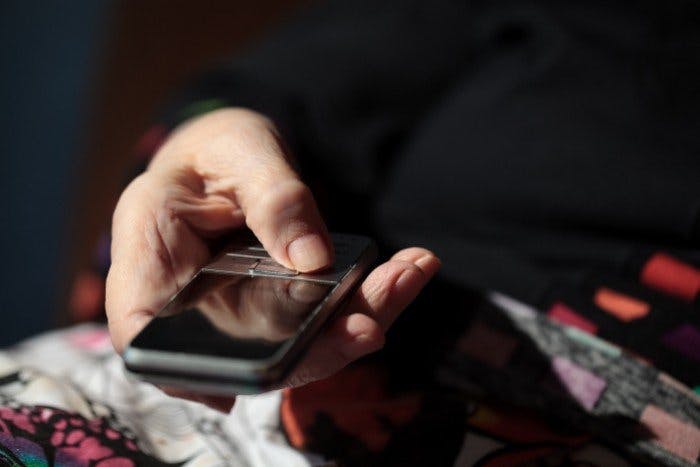Home


Resource Center
Estimated Reading Time: 4 minutes
 The performance of a cell phone signal booster system relies heavily on proper installation practices. Poorly placed antennas and inefficient cable runs can can diminish an enhanced cell phone signal.
The performance of a cell phone signal booster system relies heavily on proper installation practices. Poorly placed antennas and inefficient cable runs can can diminish an enhanced cell phone signal.
As a trained installer, maximizing system performance is a key part of your responsibility. Following proper protocol and best practices will help you provide an enhanced cell phone signal to your clients and reduce the possibility of system malfunction, saving you both time and money.
Below you’ll find our best practices for cell phone signal booster installation.
Perform a Comprehensive Site Survey
Performing a site survey provides accurate insight into signal quality and determines the source of the strongest signal. Outside signal strength significantly influences the wireless architecture of a cell phone signal booster system. Low outside signal strength requires more hardware to both capture the signal and boost it within the building.
A site survey will also help identify areas inside the building with especially weak signal reception and indicate the best broadcast antenna installation points.
It’s possible to check cell signal strength using your phone in test mode but this isn’t the most reliable way to perform a site survey. Cell phones take some time to update with signal information, and the data isn’t always precise. Additionally, cell phones are limited to readings for one carrier, so if you’re installing a multicarrier solution, a signal meter is ideal for your needs.
To perform an accurate site survey, use a signal meter. These professional handheld devices detect and display signal frequency, bandwidth, and strength with total certainty. Signal meters also update in real time, so you’ll never have to wait for accurate signal readings.
Select the Right Antenna
Use the results of your site survey to select the right antennas for your client’s cell phone signal booster system. Signal strength and signal origin affect both the type of antenna used (Omni or Yagi) and the placement and mounting of those antennas.
An Omni-directional Antenna receives signals from a 360-degree field and captures all available outside signals. Because Omni Antennas capture signals from various towers, they offer the best solution for buildings with good signal strength because there’s less of a need to strategically position the antenna to maximize incoming signal.
A Yagi Antenna, on the other hand, is directional, which means it must be pointed in a specific direction. Pointing a Yagi Antenna at a very weak signal source can ensure a boost in every radio frequency wave from that source.
A weak outside signal could also necessitate closer placement of interior broadcast antennas or perhaps even installing additional boosters within the building. A single powerful cell phone signal booster, designed for large office buildings, can provide coverage for up to 35,000 square feet.
Minimize Cable Runs
Cellular signal loses strength when it travels through cable. Therefore, the most efficient cell phone signal booster systems minimize the length of cable runs to maximize signal boost.
The shortest route from the outside antenna to the booster and onto the interior antennas determines optimal cable placement.
If the building layout necessitates longer cable runs, the system might require more antennas or boosters to adequately boost the signal. However installers should consider how additional cable runs offset signal gain when adding boosters.
Prevent Oscillation and Overload
Cellular amplifiers boast safety features that prevent them from causing interference to the network, including oscillation and overpower detection and shutdown.
Oscillation occurs when the signal from the outside and inside antennas overlap each other, causing feedback. To prevent oscillation, either increase separation between antennas or shield the antennas from one another by creating a barrier between them with material such as a metal radiant barrier.
Overload occurs when the incoming signal is too strong. To prevent overload, add inline attenuators, reposition the exterior antenna to bring in less signal, or shield the donor antenna from the strong signal source.
Learn more about cell phone signal boosters and how they can help solve connectivity problems in your clients’ homes and businesses.

